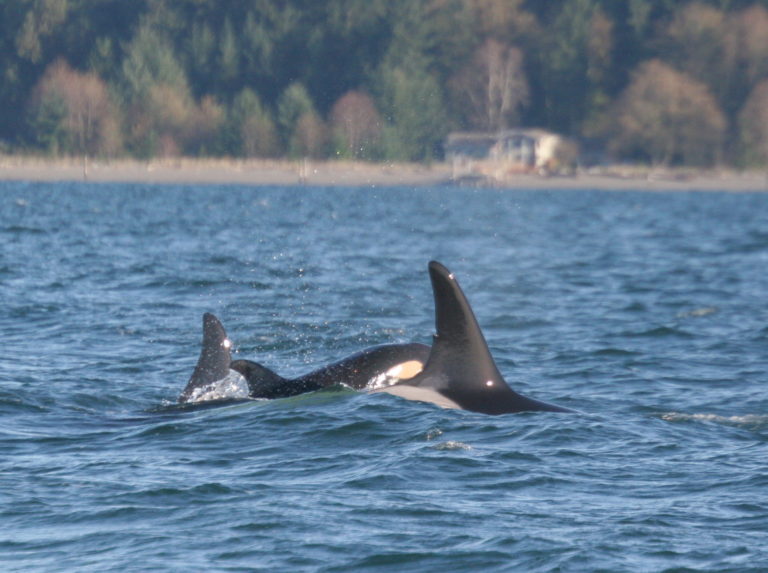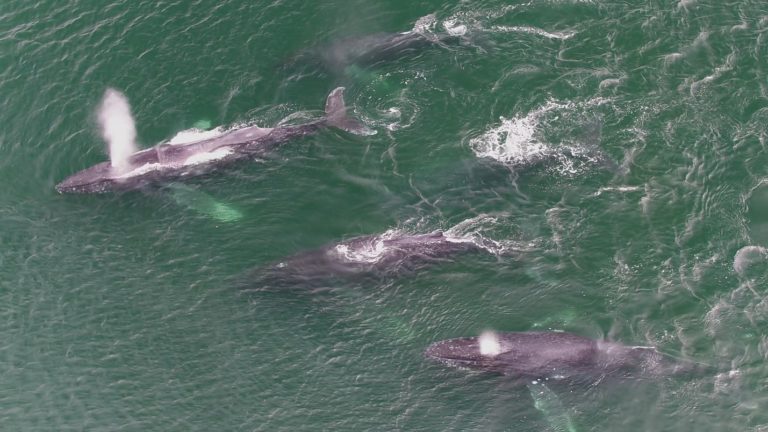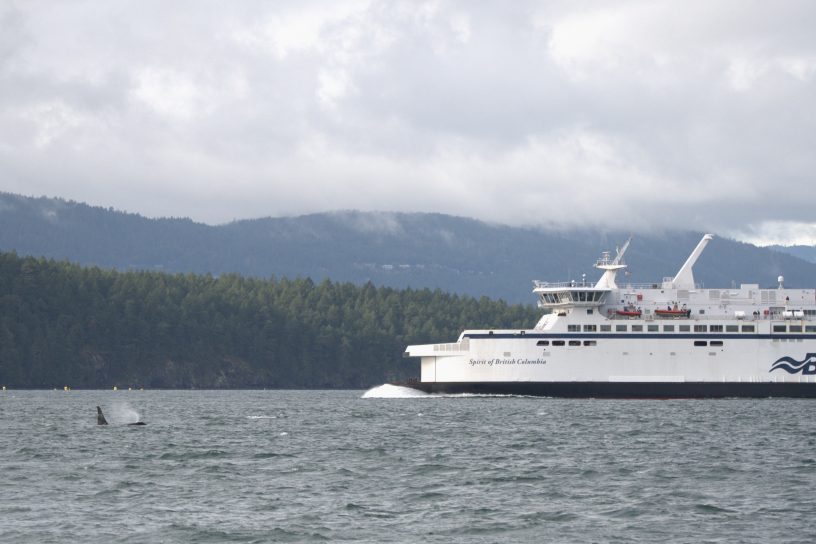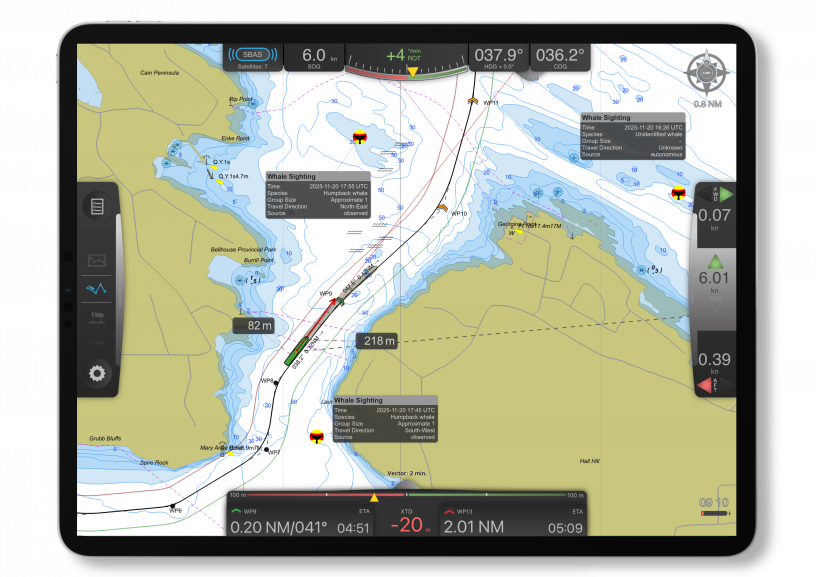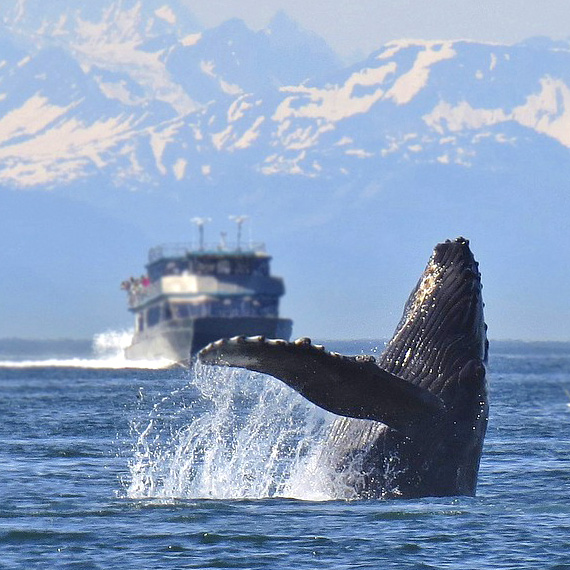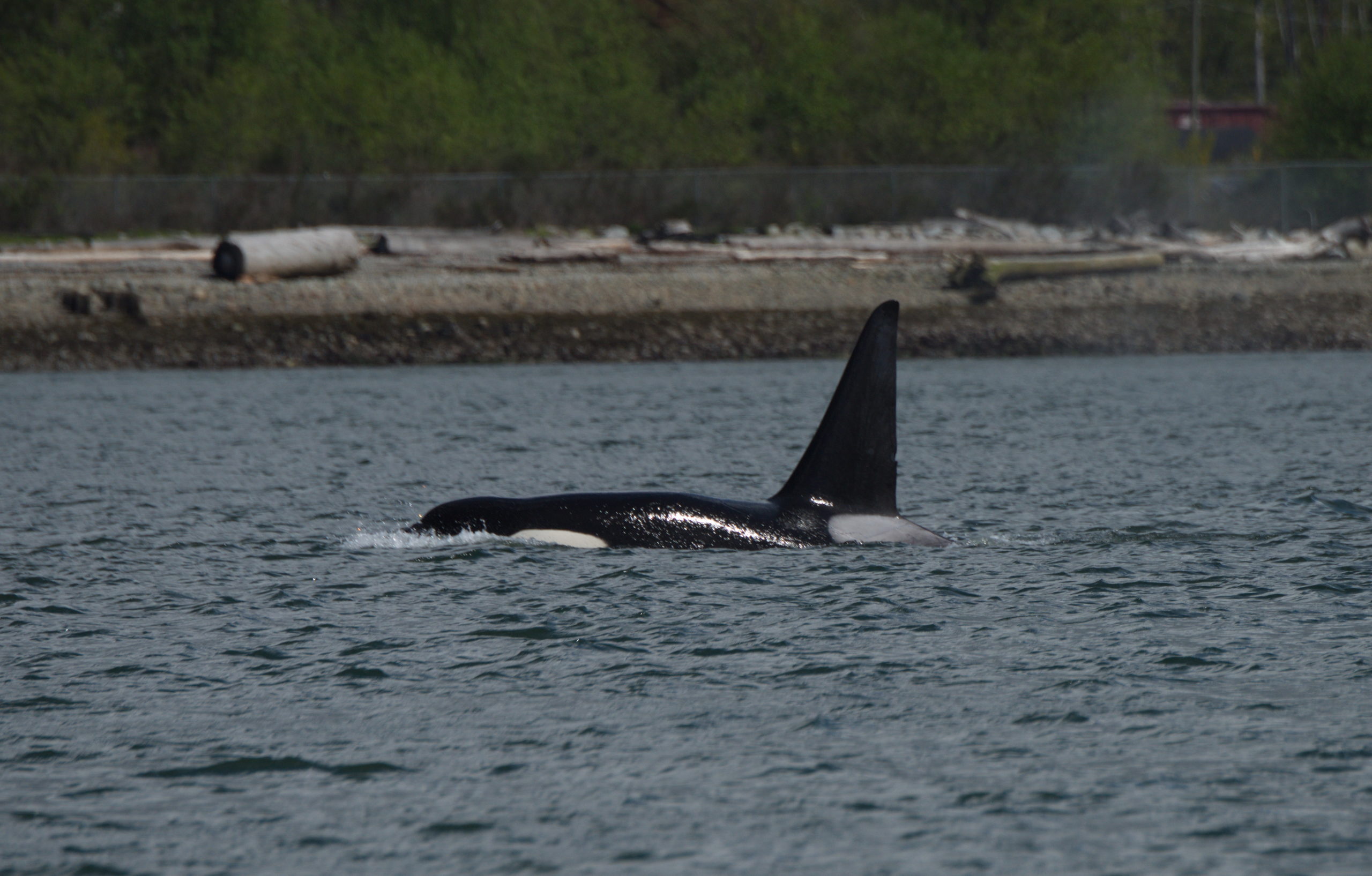
Bigg’s Killer Whales Hunting Seals in Vancouver Harbour
Vancouver, B.C. – For the second time in as many weeks, a group of Bigg’s, or transient killer whales, swam into the Vancouver Harbour yesterday to hunt seals. Bigg’s killer whales, unlike resident killer whales, feed on marine mammals like seals, sea lions, and other cetaceans like dolphins and whales.
Government-sanctioned bounty hunting almost wiped out harbour seals in B.C. in the first half of the 20th century, but after the cull ended in 1968, the seal population recovered and stabilized. The draw of available prey is leading to more sightings of Bigg’s killer whales for B.C. residents, say scientists at Ocean Wise®.
“Harbour seals are popular prey for these apex predators and they’re discovering hotspots where they can find an abundance of them — it appears the Vancouver harbour might be one of those spots,” said Dr. Lance Barrett-Lennard, director of the Marine Mammal Research program at Ocean Wise.

By looking at distinctive dorsal fins and saddle patches, members of Barrett-Lennard’s research team identified yesterday’s group of whales as the T049As. The group of five Bigg’s killer whales is comprised of matriarch T049A (a female born in 1986) and her four offspring: T049A1, an adult male born in 2001; T049A3, a juvenile male born in 2011; T049A4, born in 2014 – unknown sex; and T049A5, born in 2017 – unknown sex.
Last Tuesday, it was a different group of Bigg’s whales: matriarch T101, born before 1973, with her three sons T102, born in 1984; T101A, born in 1993; and T101B, born in 1997.
Though still listed as Threatened under the Species at Risk Act, the population of Bigg’s killer whales is recovering in B.C., and now numbers more than 300. With now-healthy populations of seals and sea lions, the mammal eaters are getting plenty to eat, which is in stark contrast to resident killer whales, which feed mostly on Chinook salmon.
Barrett-Lennard and his team are conducting a multi-year photogrammetry study of killer whales in the Northeast Pacific Ocean. The scientists use an unmanned multi-rotor aircraft, or drone, to collect high-resolution vertical images they then analyze to measure growth rates and changes in body condition. The research aims to determine whether killer whales are meeting their basic nutritional requirements, and to look at the impact of fluctuations in salmon abundance on body condition. As well as Northern and Southern Resident killer whales, the team is studying Biggs killer whales and humpbacks.
The first pilot effort for the study took place in September 2014 with Northern Resident killer whales. Since then, the team — often working with research collaborators from NOAA — has made hundreds of flights over B.C. and Washington State cetaceans, in both spring and fall, to gather images, data, and blow samples. All of the work is carried out under government-issued research permits.
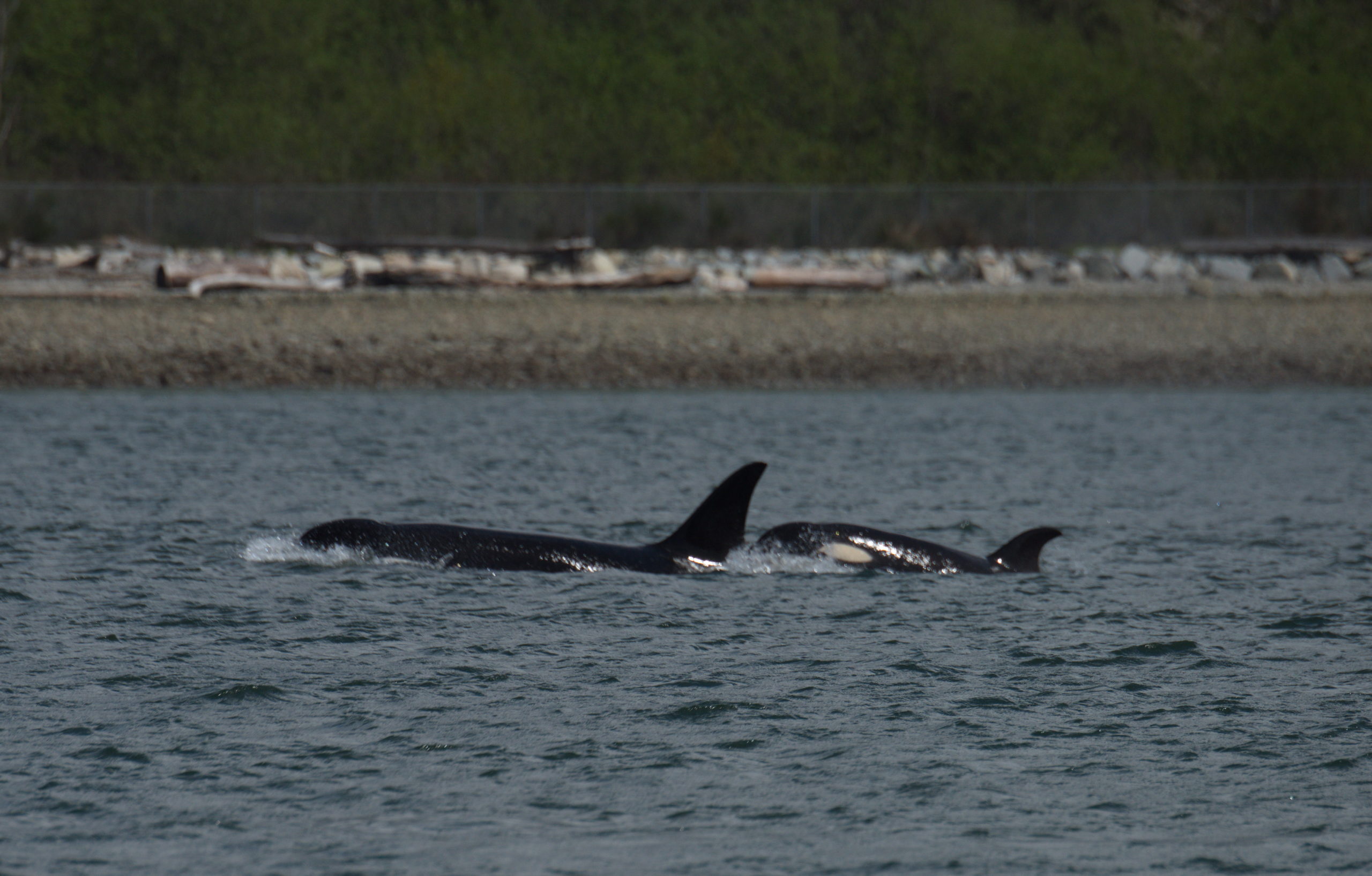
Harbour seals and sea lions’ crucial role as prey in the food web belies recent calls by fishermen to cull them. Killing pinnipeds to protect Chinook salmon and help resident killer whales is akin to robbing Peter to pay Paul, said Barrett-Lennard.
“As we’ve already seen in this particular ecosystem, a cull of the seal population in the Salish Sea has an impact on mammal-eating killer whales, and we have little reason to believe it would actually help the fish-eating whales. As humans, we need to manage and mitigate our own impact on wildlife, and then we may be fortunate enough to see them thrive, as is the case with Bigg’s killer whales.”
Ocean Wise is a global ocean conservation organization focused on protecting and restoring our world’s oceans. Building on the roots of the Vancouver Aquarium, which started as a community-based not-for-profit organization, Ocean Wise aims to inspire people in every corner of the planet to participate in creating healthy oceans. The transformation is a natural evolution of Vancouver Aquarium’s 62 years of conservation research, education and engagement, extending its world-renowned leadership to Ocean Wise, and committing its positive impact to other parts of the world.
Posted April 25, 2019 by Ocean Wise


